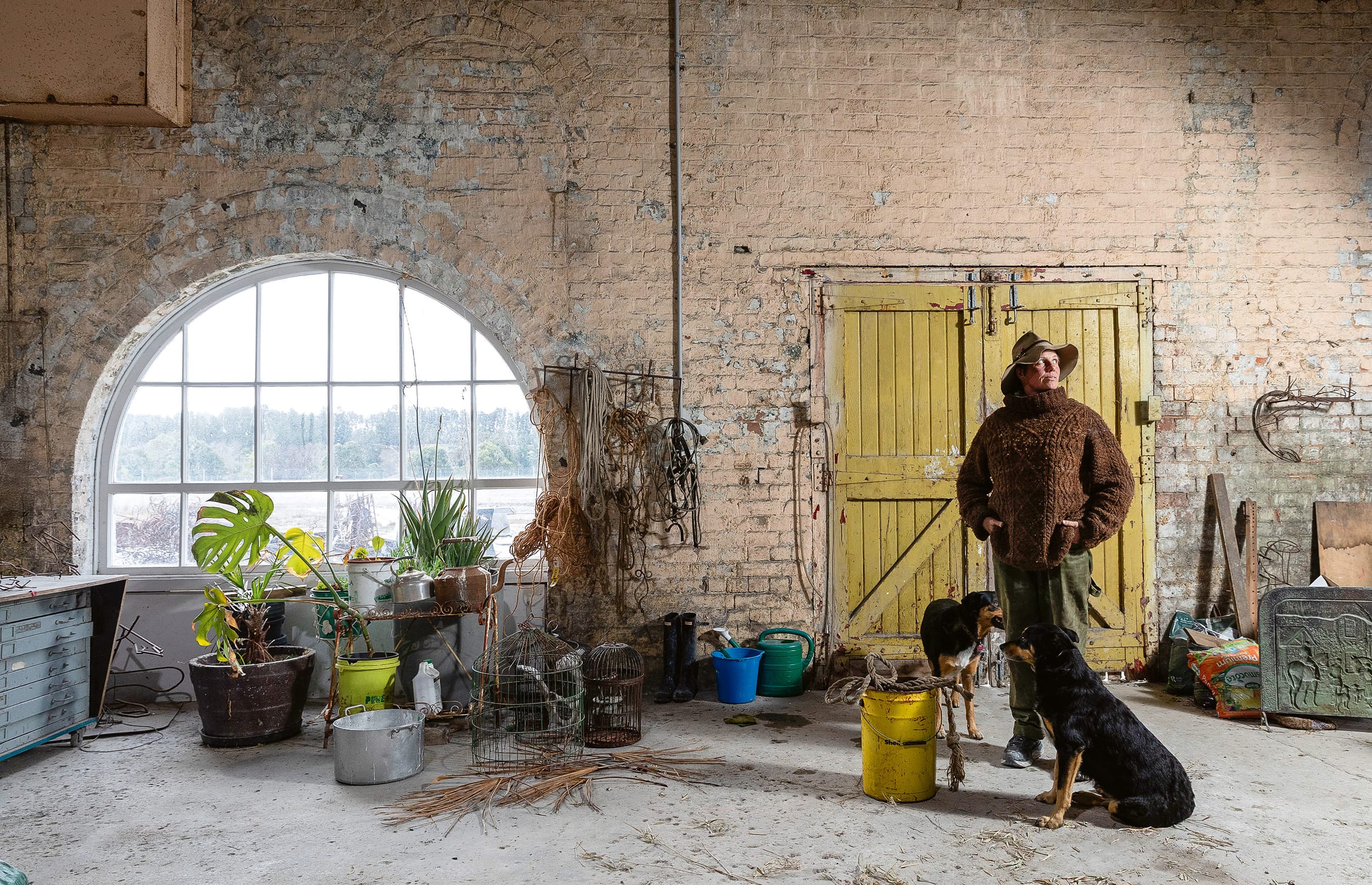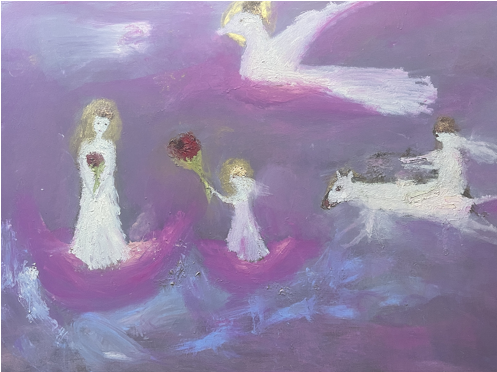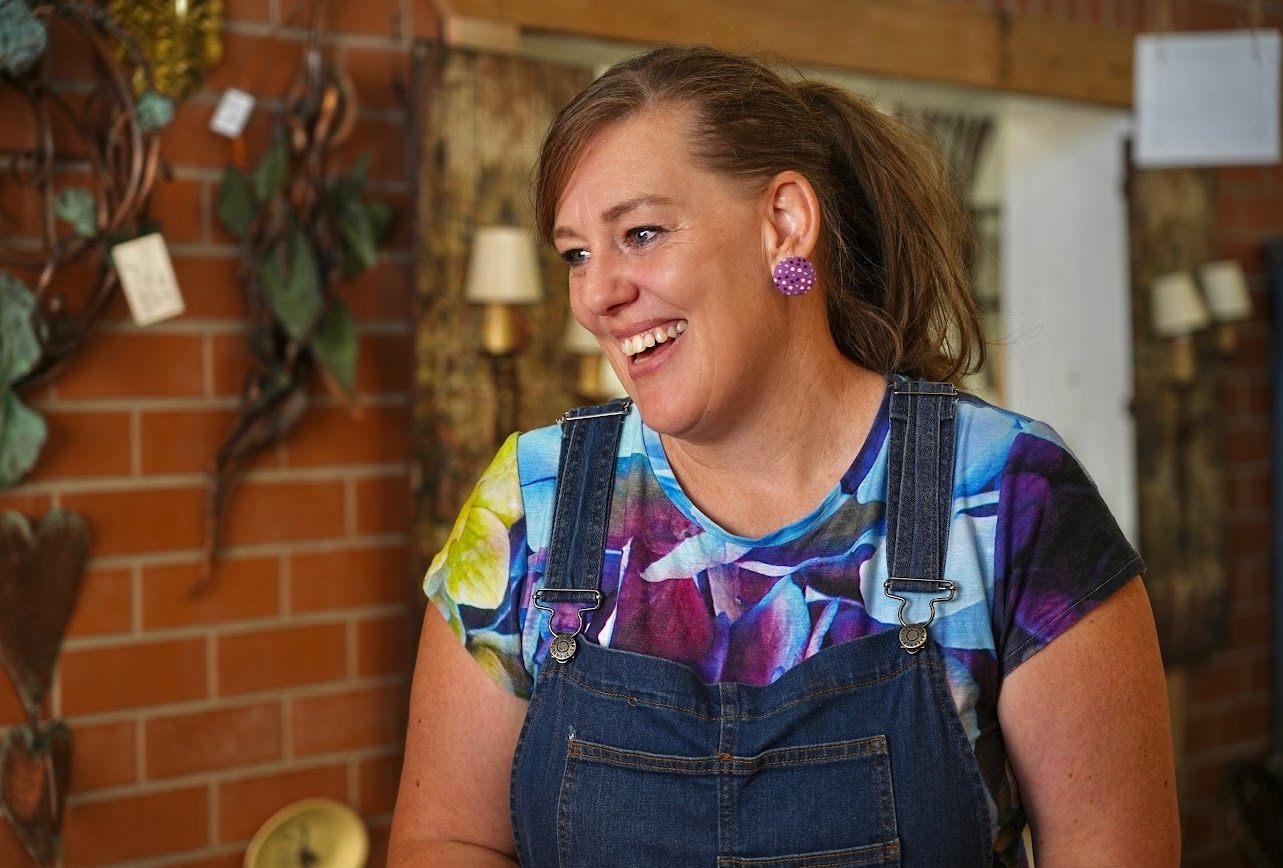
Plus dunny science and smelly neighbours. Welcome to Galah Weekly, our award-winning newsletter keeping you up to date with regional headlines that matter, plus other delightful things from life beyond the city. By Dean Southwell, who would NOT hunt flies in a national park toilet.
One house sold for $1 and others went for as little as $5 at an auction in the NSW Northern Rivers last week. At another auction this week, a Lismore home sold for $50 and another went for $100. So what was the catch?
The 21 homes offered at the Lismore and Murwillumbah auctions were flood-damaged buildings being sold by the NSW Reconstruction Authority, which had taken ownership through a buyback scheme after the catastrophic 2022 floods.
The top price paid at Lismore was $125,000, while the 11 homes offered at Murwillumbah went for a grand total of $14,871.
Six other similar auctions were held earlier this year and another three are scheduled before Christmas, with houses sold without a reserve. One of the sale conditions is that the new owners must remove the buildings from their flood-prone sites and relocate by 30 November next year.
New owners face relocation costs that can be more than $150,000 but for successful bidders, such as Jaya Roche and her family, it seemed like a dream. They paid $200 for the house they had rented in 2022. Roche said even the relocation costs seemed cheap compared with a potential $600,000 loan to buy her own home.
Buyers might be looking for something different in another part of NSW, with a building claimed to be Australia’s most haunted house on the market in Junee.
A CSIRO scientist whose hunt for a rare fly led him to national park toilets across NSW is the hero of a new children’s book.
Entomologist and fly hunter Keith Bayless has spent a decade researching Clisa australis, an endemic fly first identified in a cave near Kempsey in the 1960s. It was later found in pit toilets in national parks before disappearing from the record.
Clisa australis is closely related to the imported fruit fly, so studying it has potential benefits for controlling a major pest. Bayless set out to find it.
“I’ve checked the walls and ceilings of an embarrassing number of public toilets in parks since 2015,” he admitted.
His dunny-based adventure has inspired The Very Stinky Fly Hunt, an illustrated children’s book written by the CSIRO’s Andrea Wild.
Meanwhile, there’s another stink brewing at the CSIRO. The science agency has announced it will cut 350 research jobs.
There’s a toilet tale with a difference in south-eastern Queensland, where a council is considering a buyback scheme for homeowners affected by loud, smelly flying foxes that “poo a lot”.
A large colony of the protected bats has moved closer to a residential area in Gympie, where the council has floated the option of buybacks for the owners of 20 nearby properties affected by noise and some of the creatures’ smellier habits.
CSIRO ecologist Adam McKeown said there was a trend in recent decades for the bats to set up camp near urban areas, and “the reality is, they do smell, they do poo a lot in the camps”, he said.
And in more stinking news, greaseballs that washed up on the NSW Central Coast earlier this year have been found to have originated in a Sydney sewerage plant.
A case of a woman separated from her husband of 60 years when sent to a hospital 40km away from her home town has highlighted the failings of the nation’s aged care system.
Petronella Davis, who has rapidly progressing dementia but is otherwise well, is one of 1000 Queenslanders occupying a public hospital bed – in her case in Bundaberg – because no permanent place is available for her in a nearby aged or disability care setting.
She can no longer be cared for by her husband, George, in their home in the regional town of Childers, so she is left waiting in hospital for a long-term care option.
There are similar issues in other states. More than 90 patients are unable to leave Tasmanian hospitals because they can’t access disability or aged care support.
The obvious result is “bed block”, where hospitals don’t have beds available for patients requiring medical care.

Mona, the museum credited with helping to transform tourism in Tasmania, has lost more than $400 million since it opened 14 years ago, but its founder-owner says he’s quite comfortable with that.
David Walsh, who built his fortune through professional gambling, is still expanding his Museum of Old and New Art in northern Hobart.
Corporate filings for the museum’s parent company show it lost more than $60 million last year.
Walsh has said he’s comfortable spending the money on the museum but says, if necessary, there are relatively easy ways to boost cash flow.
For example, he says he could introduce entry fees for locals so far able to visit the museum for free, or raise some of the relatively modest existing fees for other visitors.
Australian beef producers have welcomed the Trump administration’s decision to axe a 10% US tariff on meat exports, but don’t expect it to mean cheaper meat here or overseas.
Under pressure over rising grocery prices in the US, the president exempted a range of food products – including bananas, avocados and citrus – from the base 10% tariff he introduced back in April. The tariff had done little to soften demand for Australian beef, just made it more expensive for exporters and American consumers.
Analysts say prices for consumers in Australia, where there is still a shortage of cattle for slaughter as producers recover from floods, could still rise.
A woman who started her retail career in a Sydney toy department has created a toy library in a tiny church hall in the NSW central west that’s delighting children across the region.
Louise Sheather, who started her working life running a toy department for David Jones in the Sydney CBD, convinced the Blayney Rotary Club to back her idea of creating the toy library.
Sheather has taken a methodical approach and each toy is electronically catalogued to track use, with unpopular toys sold to fund new acquisitions.
Earlier this year the toy library hosted speech and occupational therapists, who advised on how toys could help child development.

While the internet is cluttered with noise about Black Friday, Click Frenzy, Cyber Monday and Christmas preparations, this week (as always) we're suggesting something different.
No countdowns, no fake urgency. Just our invitation to buy or subscribe to Galah so we can send you Issue 13. Treat yourself or someone who loves lingering over their magazines to a deep dive into all things creative and inspiring in the country.
For $30 (plus shipping) we'll send you Issue 13. For $60 we'll send Issue 13 to you (or the person you're gifting) and in April next year you’ll receive Issue 14. Click here for more.
COVER IMAGE: Emily Kam Kngwarray, Anmatyerr people, Alhalker Country, 1994 © Emily Kam Kngwarray/Copyright Agency, 2025. Private collection, courtesy of Deutscher and Hackett. Image courtesy of National Gallery of Australia.

Three artists from northern NSW and south-east Qld – Lucia Canuto, Hilary Herrmann and Meg Stoios – each explore the human figure in their work, highlighting three perspectives born of local life. At Tweed Regional Gallery, Murwillumbah, NSW, until 15 February 2026. Read more
Galah Issue 13 takes readers into sculptor Harrie Fasher’s Portland studio, where she casts bronze figures. Her monumental and smaller works feature in a solo exhibition at Orange Regional Art Gallery, NSW, 28 November 2025-28 February 2026. Read more
Wangaratta-born Matthew Harris explores power structures and historical narratives through painting and sculpture. In Overland, Harris considers the lasting impact of colonisation. At Wangaratta Art Gallery, Vic, until 18 January 2026. Read more
Bellarine Peninsula artist Linda Gallus immersed herself in the Central Goldfields/Djaara landscape, engaging with historians and combing the archives to reimagine stories of women in the gold-rush era. At Central Goldfields Art Gallery, Maryborough, Vic, until 8 February 2026. Read more

Growing up on the family farm at Yarra near Goulburn in the NSW southern tablelands, Robyn Apps learned about plants and insects while watching her grandparents and parents work in their gardens.
Apps moved to Canberra in her 20s to pursue a career in floristry, then interior design. After a decade of attending handmade markets as a seller, she has found a home at Dirty Janes in Canberra. There she curates a collaborative space of 20 local makers under the Rhapsody Design and Co banner.
A niche interest in invertebrates followed her from childhood through to working for a plant nursery, then tracking them as a citizen scientist. She now includes locally found specimens in her dried botanical artworks.
Give us a snapshot of what you create. I started making predominantly wreaths and framed pressed botanicals for my shop and have moved on to enclosed cloches to keep delicate materials protected and preserved within a terrarium-style design. I do also offer posies and single stems for those who like to make their own creations and for decorating. Wherever possible I use local materials.
What’s the weirdest thing you’ve used in a piece? I think “weird” is subjective (laughs) but possibly real, preserved rabbit ears.
Tell us about your fascination with bugs. I was introduced to the iNaturalist app by a colleague at the plant nursery. You upload photos of insects, animals and plants to be identified and the data can contribute important information to science. It’s quite addictive.
Do others share it? My friend Cheryl Hodges is a natural history artist who shares my passion for bugs. Her work has shifted from plant subjects to insects over the years. I love to donate specimens I’ve found so she can create highly accurate paintings.
How does the farm still feature in your work? I try to visit the farm every week. Family and neighbours give me plants, fungi, bones, fallen birds nests, feathers and dead insects that I love to use in my creative works. I have a large collection of natural curios and I’m lining up a maker to join my collective who will pin and frame all of my insects for my Dirty Janes shop.
What’s the biggest satisfaction in your work now? My favourite part is collaborating with other creatives and helping them with concepts, designs, marketing and sales. So many of them have immense talent but underrate themselves.
We’d love to hear about the news, events and people that should be making the headlines in the Galah Weekly newsletter. Share what’s new(s) in your neck of the woods with us at newsie@galahpress.com